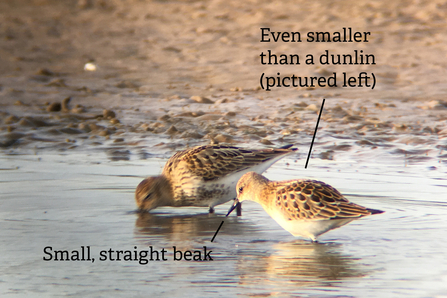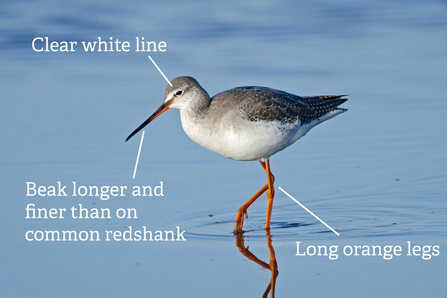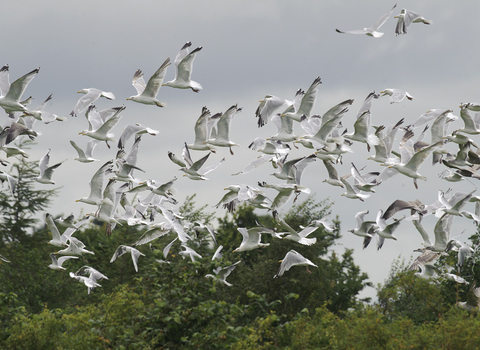An early autumn
Waders are birds in a hurry. Many of those we see in the UK breed far to the north, in and around the Arctic Circle. Summer is short there, so it doesn’t pay to hang around. They head north in spring, try to raise some chicks and are on their way south again by ‘our’ summer.
The first birds to return are usually adults that failed to breed – perhaps their nest was predated, or they couldn’t find a partner to begin with. They’re soon followed by more successful adults, who leave their young to fend for themselves at an early age. Finally, the young birds start to arrive, making their very first migration.
Where to see them?
Away from their breeding grounds, most waders gather around water. Some nature reserves are famous for attracting large numbers, but during autumn migration they can turn up almost anywhere. Away from Shropshire, you could find them on coastal mudflats, but in the county, inland gravel pits, and even stone-lined reservoirs make great places for waders to stop for a feed. They migrate both night and day, so the cast of characters is always changing. A visit at dawn and another in the evening could reveal completely different birds. New arrivals are especially likely after a period of bad weather, forced to land by the rain.































